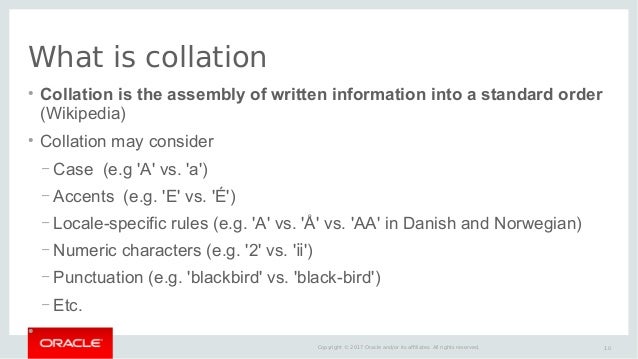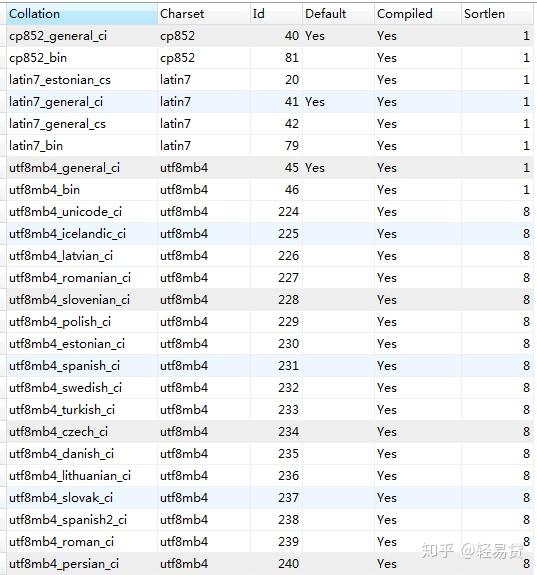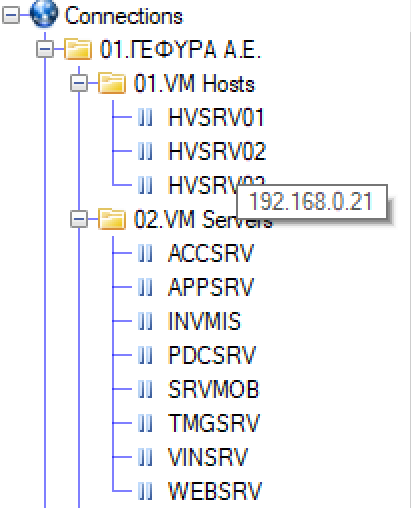
Consequently, few people knew about the significance of the change and remained in the dark with the old (and wrong) encoding. It’s never publicly announced, probably too ashamed to admit such humiliating mistakes. In 2010 (six years later!), MySQL finally fixed this embarrassing oversight of the utf8 encoding bug in version 5.5 with a new character set called “ utf8mb4″. As a result, the encoding can’t encode many Unicode characters. The actual UTF-8 encoding needs up to four bytes per character, as discussed in the “ Character set for beginners” post. MySQL’s UTF8 problemĪlthough the name suggests UTF-8, MySQL’s utf8 encoding is a proprietary character encoding that only supported three bytes per character. In this version, instead of utf8, the default charset / collation was set to “ latin1 / latin1_swedish_ci“. Before that, only English characters can be stored. The following table identifies similarities, differences, and key migration considerations.‘Collation’ refers to how those characters could be compared for inequality in WHERE and ORDER BY, GROUP BY, FOREIGN KEY CONSTRAINTS, and strings case (in)sensitive comparison.Įven though MySQL has been around since 1996, it didn’t start supporting utf8 encoding until 2004 in version 4. Modify the created instance to change the DB Parameter group. Return to the Management Console dashboard and choose Create database.įor Choose a database creation method, choose Easy create.Įnter the instance size, cluster identifier and username. Select the desired default server collation and choose Preview changes.Ĭheck the values and choose Close, and then choose Save changes. Log in to your Management Console, chooseįor Parameter group family, choose aurora-mysql5.7.įor Type, choose DB Cluster Parameter Group.įor Group name, enter the identified for the DB parameter group.Ĭhoose the newly created group on the Parameter groups list.įor Parameters, enter character_set_server in the search box and choose Edit parameters.ĭelete the search term and enter collation.
#Mysql collate how to
The following walkthrough describes how to change the cluster character set and collation. The following example creates an expression collation. The following example creates a column collation. The following example creates a table-level collation. The following example creates a database-level collation.

It doesn’t change the value of the string only the character set.Īt the session level, the server’s setting determines the default character set and collation used to evaluate nonqualified strings.Īlthough the server’s character set and collation default settings can be modified using the cluster parameter groups, it is recommended that client applications don’t assume a specific setting and explicitly set the required character set and collation using the SET NAMES and SET CHARACTER SET statements.įor more information, see Connection Character Sets and Collations in the MySQL documentation. The Aurora MySQL term for this prefix or string header is introducer.

Seven different UNICODE character sets are supported including UCS-2, UTF-8 and UTF-32. Aurora MySQL supports 41 different character sets and 222 collations. The paradigm of collations in Aurora MySQL is different than in SQL Server and consists of separate character set and collation objects. Additionally, you can define collations at the table level in Aurora MySQL. Similar to SQL Server, you can define collations at the server, database, and column level. MySQL UsageĪmazon Aurora MySQL-Compatible Edition (Aurora MySQL) supports multiple character sets and a variety of collations that can be used for comparison.

CREATE TABLE MyTableĬol1 CHAR(10) COLLATE Hungarian_100_CI_AI_SC NOT NULL PRIMARY KEY,ĬOL2 VARCHAR(100) COLLATE Sami_Sweden_Finland_100_CS_AS_KS NOT NULLįor more information, see Collation and Unicode support in the SQL Server documentation.

The following example creates a table with two different collations. CREATE DATABASE MyBengaliDatabaseįILENAME = 'C:\Program Files\Microsoft SQL Server\MSSQL13.MSSQLSERVER\MSSQL\DATA\MyBengaliDatabase.mdf',įILENAME = 'C:\Program Files\Microsoft SQL Server\MSSQL13.MSSQLSERVER\MSSQL\DATA\MyBengaliDblog.ldf', The following example creates a database with a default Bengali_100_CS_AI collation. For more information, see Collation and Unicode Support in the SQL Server documentation. Support includes PolyBase external tables, and Always Encrypted (when not used with Enclaves). SQL Server 2019 adds support for UTF-8 for import and export encoding, and as database-level or column-level collation for string data.


 0 kommentar(er)
0 kommentar(er)
